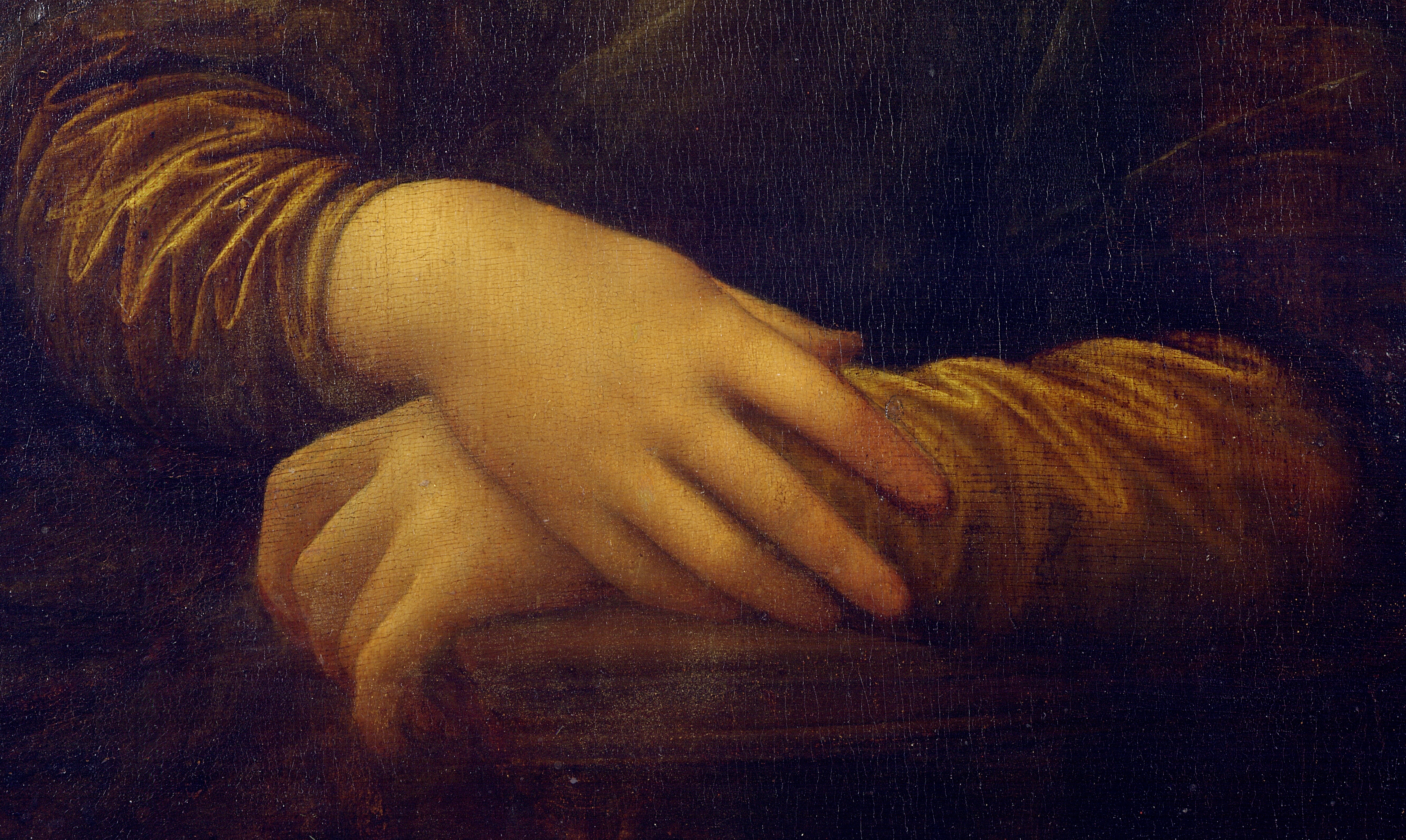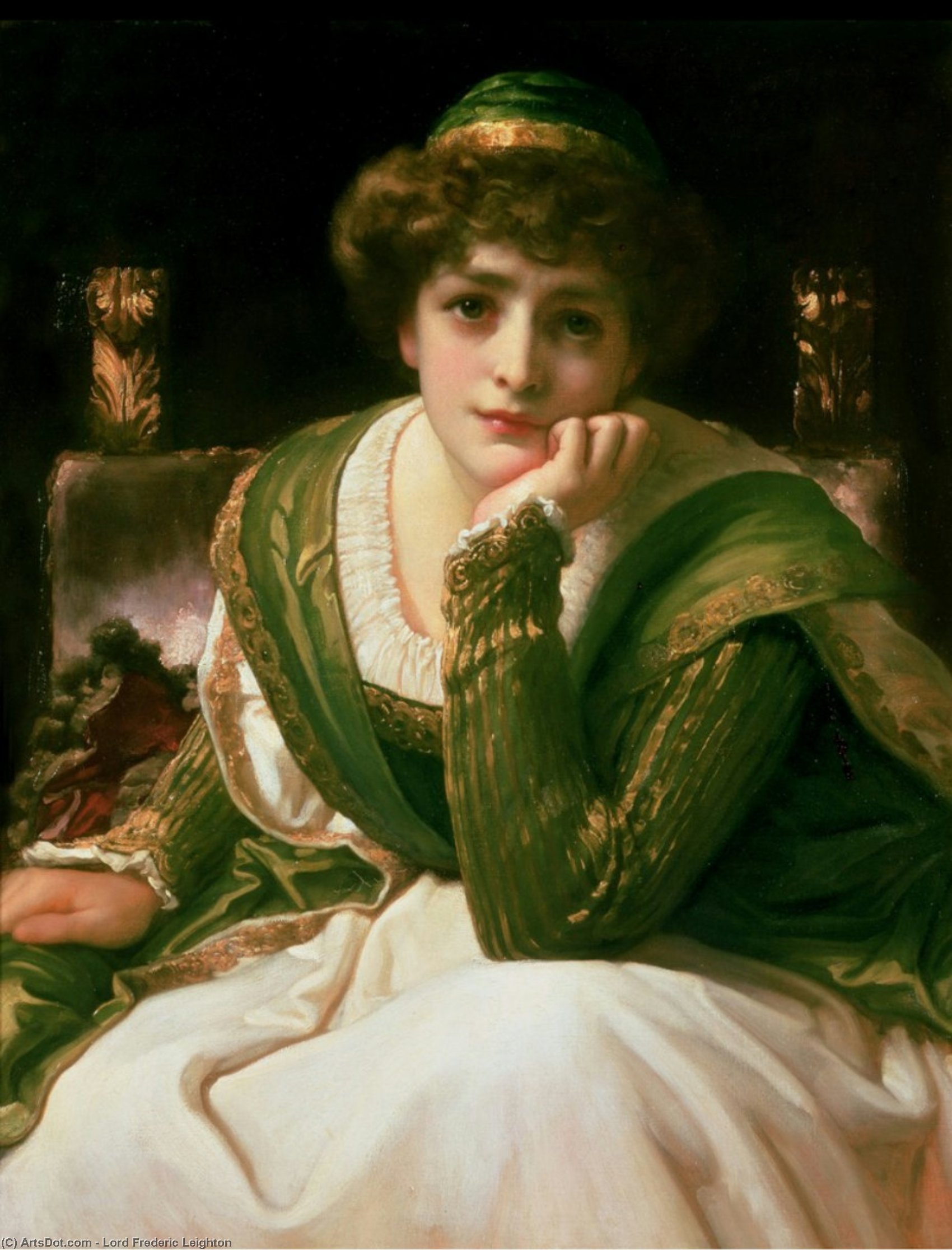Trattato della Pittura - Parte terza | Capitoli 398-432
Indice
398. Discorso sopra il pratico.
399. Della pratica cercata con gran sollecitudine dal pittore.
400. Del giudicare il pittore le sue opere e quelle d'altrui.
401. Del giudicare il pittore la sua pittura.
402. Come lo specchio è il maestro de' pittori.
403. Come si deve conoscere una buona pittura e che qualità deve avere per essere buona.
404. Come la vera pittura stia nella superficie dello specchio piano.
405. Qual pittura è piú laudabile.
406. Qual è il primo obietto intenzionale del pittore.
Trattato della Pittura - Parte terza | Capitoli 398-432
Indice
398. Discorso sopra il pratico.
399. Della pratica cercata con gran sollecitudine dal pittore.
400. Del giudicare il pittore le sue opere e quelle d'altrui.
401. Del giudicare il pittore la sua pittura.
402. Come lo specchio è il maestro de' pittori.
403. Come si deve conoscere una buona pittura e che qualità deve avere per essere buona.
404. Come la vera pittura stia nella superficie dello specchio piano.
405. Qual pittura è piú laudabile.
406. Qual è il primo obietto intenzionale del pittore.





